- New Rapida 145 and retrofit for an existing Rapida 105
- 50 million sheets, but ever shorter runs
- Up to 50 makeready cycles per day
- Puzzles with up to 40,000 pieces
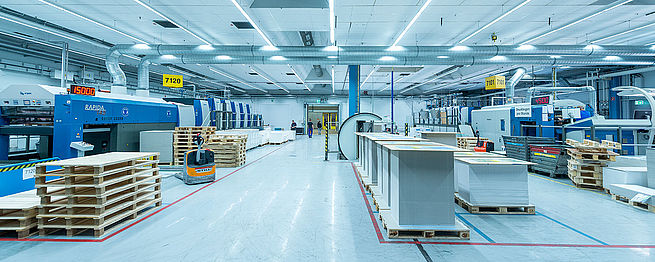
Ravensburger is a leading European provider of puzzles, games and activity products, and a leading publisher of children's and youth books in the German-speaking region. The blue triangle is one of the most renowned trademarks in Germany. Founded by Otto Meier in 1883, the company today counts 2,100 employees, who together generate annual sales of almost €500 million. Two Rapida offset presses stand in the competence centre for print production, one each in medium and large format.
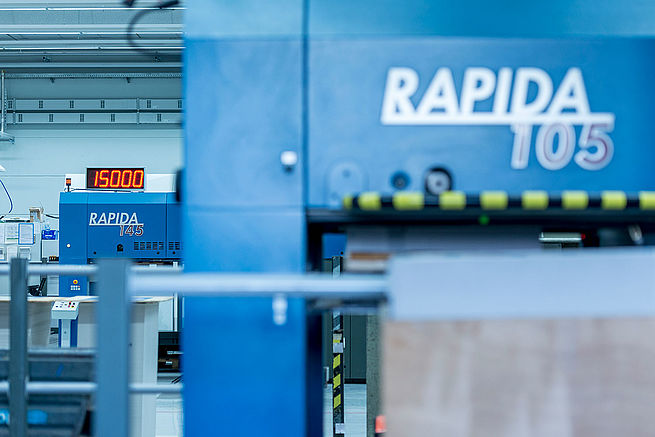
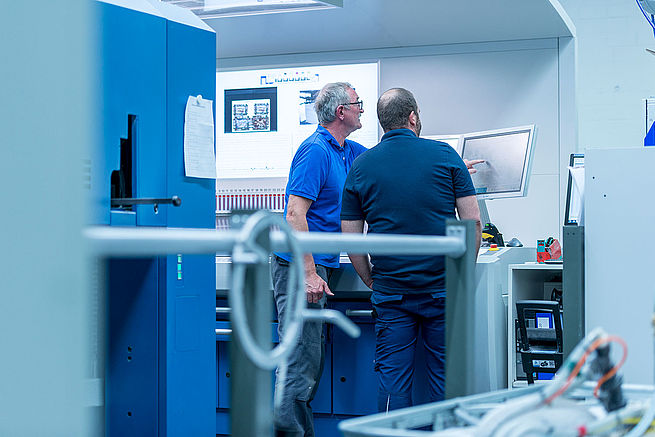
Faster makeready processes for more print jobs
That is all child’s play for the Rapida 145. Thanks to the facilities for parallel processes (DriveTronic SPC with PlateIdent, CleanTronic Synchro and a DriveTronic SFC coater with AniSleeve), makeready times have been slashed by a staggering 80 per cent. But even that is only half of the story. As makeready is no longer such a major factor in production costs, classic games such as “Ludo“ can be printed more frequently. Consequently, less space is required for finished and semi-finished products, and less capital is locked up in intermediate storage.
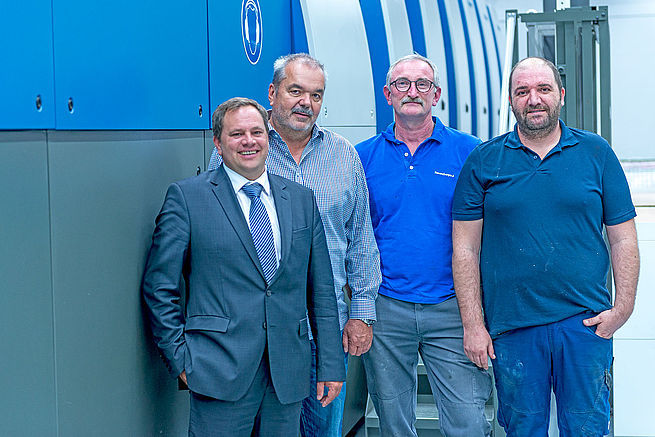

On the Rapidas, one test sheet is normally sufficient before actual production commences. In the past, three or even four correction steps were necessary. As a result, the amount of makeready waste has been halved. Alongside the direct material savings, the Rapida presses are in this way also contributing to the conservation of natural resources.
Benefits on unusual substrates
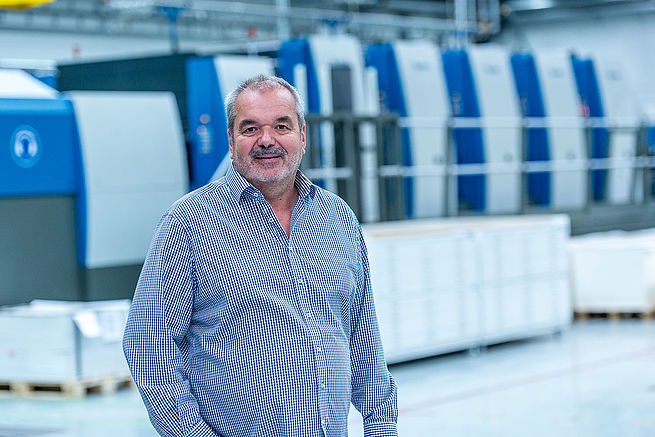
Even though production is organised so as to group together common formats and substrates, it is still necessary to perform two to three coating forme changes and one or two anilox roller changes every day. DriveTronic SFC and AniSleeve are here real time-savers. Coating plate changes run parallel to other makeready processes, and an anilox roller sleeve can be changed by a single operator – without physical effort and without the need for a crane or the like.
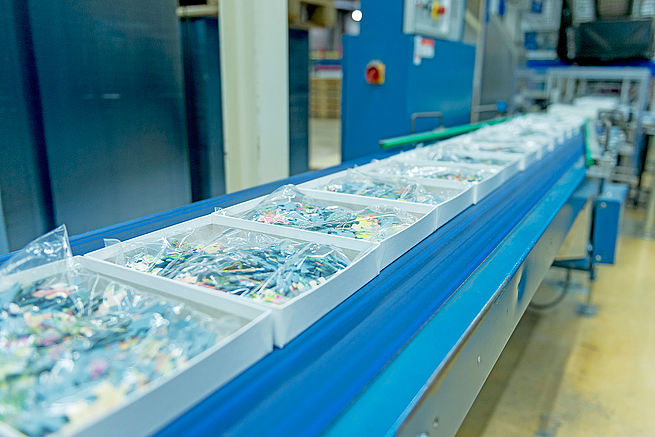
One small detail is especially appreciated by the press operators at Ravensburger, namely the plate lift. Whole plate trolleys are lifted up to the press gallery level, and the printers only have to distribute them to the individual printing units. Climbing steps with an unwieldy plate has become a thing of the past.
Extensive know-how also in post-press
Before the investment plans could be implemented, there was one important point to be clarified: How to accommodate continued use of the existing die-cutting tools, despite the switch to a new large-format press model. After all, considerable money and know-how had gone into their production. The answer was amazingly simple: The Rapida 145 uses narrower colour bars, and thus the gripper margin required for die-cutting is still available.
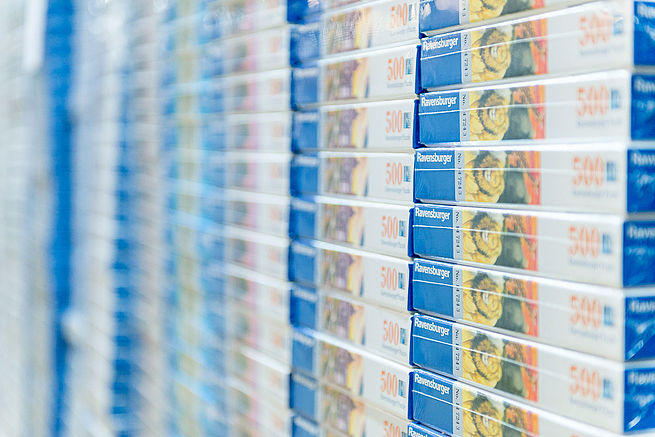
There are 32 employees in Ravensburger’s competence centre for print production. They work three shifts and are also responsible for cutting. The post-press department and the associated store occupy much more floor space than the relatively small printshop with its 250 m2; the total production space amounts to approx. 20,000 m2. The departments for die-cutting and lamination of the puzzles and for box-making are much larger. Most machines here are the product of extensive specialist know-how – for example the lidding machine which places a lid on the finished box sets.
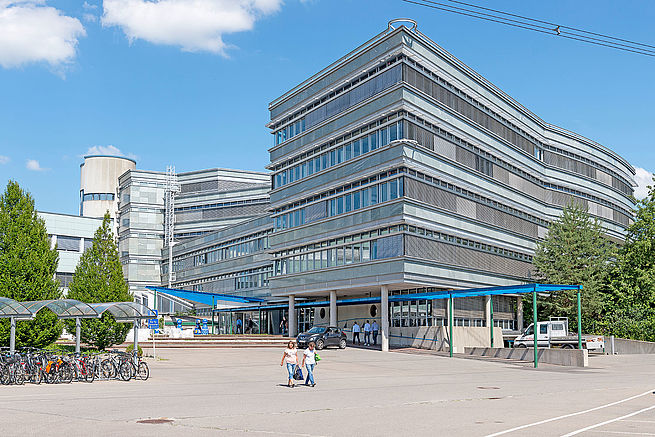
A company like Ravensburger is naturally a source of many superlatives. The largest Ravensburger jigsaw puzzle, for example, came onto the market in 2016. It comprises 40,320 pieces and weighs around 20 kg. Puzzlers can look forward to some 600 hours of fun to complete the puzzle measuring 6.8 x 1.9 metres.
